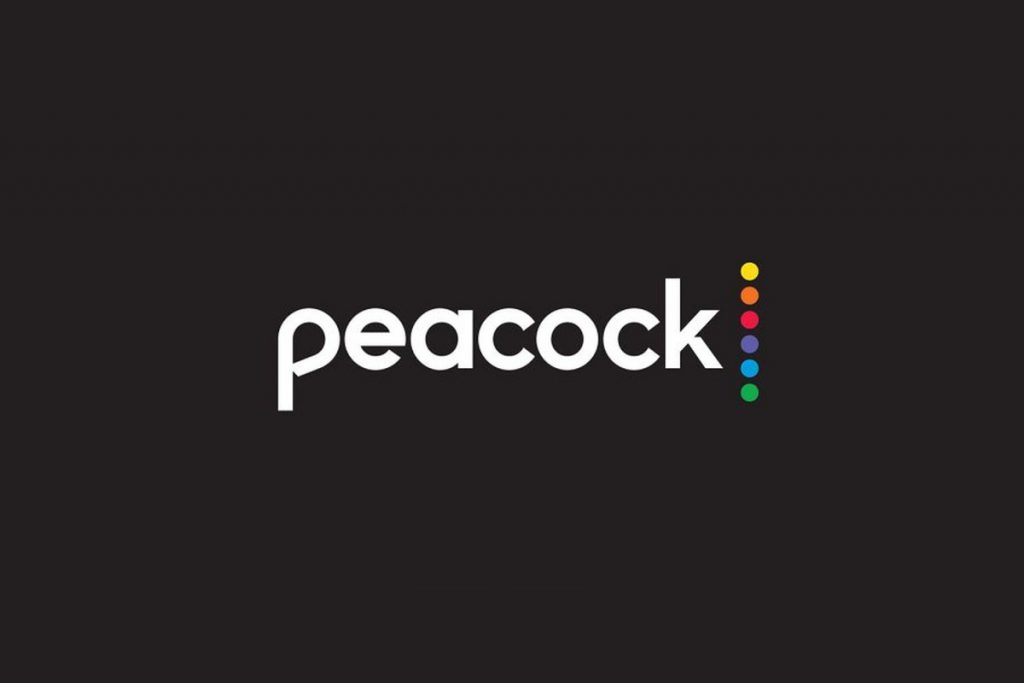Streaming Is The New Cable
When NBC announced its streaming service Peacock half a month ago, the internet reacted with shock, awe and an audible groan.
Peacock is just another unnecessary streaming service to add to the myriad of others that the average American likely can’t pay for. There’s currently a race to see how many streaming platforms the American public can sustain and unfortunately, this only hurts the people who will end up buying. In addition to NBC’S new streaming announcement, entities like Disney, ESPN and many others have all dipped their toes into the streaming business with the hope of expanding their digital footprint.
However, unlike Gordon Gekko, greed isn’t always good.
Due to market saturation, it’s becoming increasingly difficult to keep up with all of these new platforms. The average American makes $47,060 a year, according to the Bureau of Labor Statistics. With much of that going toward groceries, utility bills and car payments, it’s hard to justify the cost of paying for three or four streaming platforms.
The social backlash is growing, with some estimating the total cost of, for example, paying for YouTube TV, Hulu, HBO Max, and Disney+ will surpass the cost of anything they paid for when they had cable. This leads to a problem that many foresaw coming with each new service that proceeded to pump out.
The market and the demand for these subscriptions will eventually crash. One can argue that these TV shows and movies could be pirated at a low cost, but that only temporarily fixes the issue. Like the student loan bubble, the market for these platforms will inevitably burst, thus leading people going back to cable and only paying for one or two services that they need the most.
It doesn’t help that each provider is annexing off their own content.
Disney+ is offering exclusive “Disney Vault” films that can’t be seen anywhere else; NBC’s Peacock pledges to be the sole home for shows like The Office and Frasier in the hopes of enticing viewers and Netflix is turning their attention to churning out original content that could lure viewers into paying their $12.99 per month cost. The question remains: will people pull out their wallets?
At the end of the day, money doesn’t grow on trees. The average American can’t afford to pay for six or seven streaming platforms only to watch a handful of shows, sports and movies.




